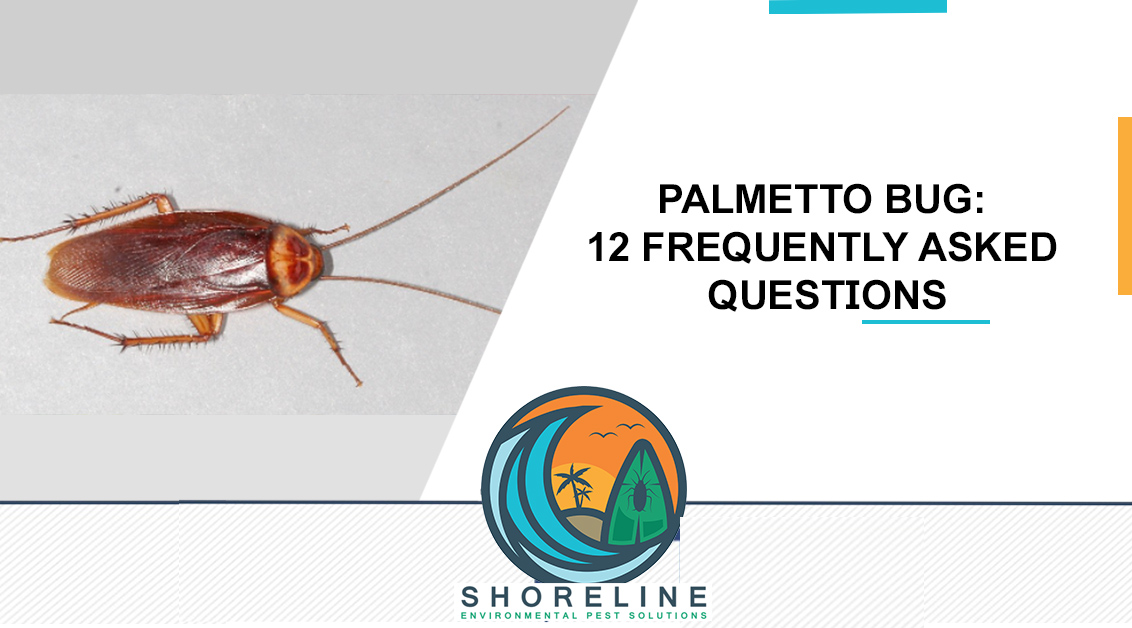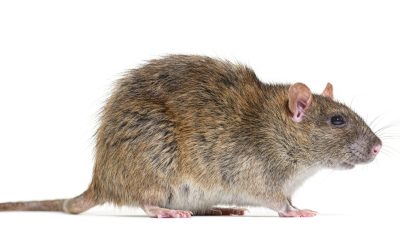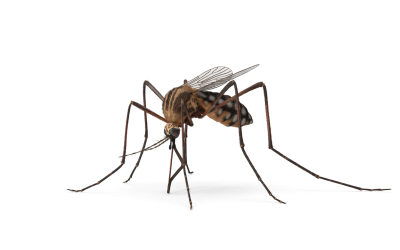Did you know that palmetto bugs can survive three months without food and a month without water? They indeed are the last pest type that you want to be worried about.
Humans have identified around 4500 species of cockroaches. Given how discreet and creepy cockroaches are, you shouldn’t be surprised if we discover more species in the future.
What are palmetto bugs?
The term palmetto bug is commonly used in the Southeastern United States, especially in Florida, and is just a nickname used to refer to a collective species of cockroaches. However, not all cockroaches are palmetto bugs. Following are some species that fall under the palmetto bug category:
- Eurycotis floridana (Florida woods cockroach)
- Periplaneta fuliginosa (smoky brown cockroach)
- australasiae (Australian cockroach)
- americana (American cockroach)
- brunnea (brown cockroach) and
- Blaberus craniifer (death’s head cockroach)
This post features some frequently asked questions regarding Palmetto bugs.
How many babies do palmetto bugs have?
Female palmetto bugs can lay an egg case (ootheca) comprising 14 to 16 eggs a week and can make up to 90 capsules in their lifetime. The female usually lays the egg in cracks and crevices that are close to food and water.
It takes a few weeks for the eggs to hatch; the baby palmetto bugs are grain-sized and vulnerable for the first couple of hours post-hatching, after which the shell hardens.
Palmetto nymphs are grayish in appearance when they first hatch and progresses to be darkish and eventually get browner as they molt.
Can palmetto bugs bite you?
Palmetto bugs rarely bite humans. Akin to other cockroach species, palmetto bugs prefer to thrive unseen.
How dangerous are palmetto bugs?
If palmetto bugs don’t bite, how can they be dangerous? Well, they can be a significant threat in many other ways. Considering their preference of habitat and food such as sewers, garbage, and gutters, you can call palmetto bugs disease vectors.
They can bring several pathogens, including salmonella, to your home and contaminate floors, dishes, cooking utensils, and food.
Moreover, the droppings, exoskeletons, and corpses can dry out, degenerate to become airborne particles that can cause allergies, including asthma and other breathing difficulties.
What do palmetto bugs eat?
Palmetto bugs are active omnivores meaning they scavenge on the food of both plant and animal origin. This bug type can feed on organic matter, including paper, clothes, glue, food garbage, and glue.
Do palmetto bugs fly?
Yes, palmetto bugs can fly, but they are not prolific flyers and use the ability to flee from danger.
How fast do palmetto bugs multiply?
The female palmetto bug can lay one egg case comprising 14 to 16 eggs each week for about four to five months. One female can produce up to 320 palmetto bugs in the first five months.
What do palmetto bug droppings look like?
Droppings of palmetto bugs are a bit bigger compared to other roach species such as German cockroaches. The droppings are round-edged and grain-sized, usually solid with a brownish crystal appearance.
What time of year are palmetto bugs most active?
Palmetto bugs prefer warm climatic conditions and hence are mostly seen during the late fall and early winter. The bug seeks shelter in your home from the dropping conditions and comes out of hiding when the environment gets friendly such as the spring season.
Why do I have so many palmetto bugs in my house?
The primary reasons for palmetto bugs to find shelter in your home are food, water, warmth, and humid conditions. If your home features a clutter of garbage, including food, clothes, or papers, these are perfect areas for palmettos to thrive, and all the houses have bathrooms that add to the inevitable moisture source.
Do palmetto bugs make noise?
Stridulation is the process by which palmetto bugs and cockroaches make a chirping noise, mainly during mating and fighting. The sounds are usually faint and grow as the infestation escalates. Pay attention to the kitchen cabinets and walls beneath the sinks and bathroom; you might be able to track these noises.
What eats palmetto bugs?
Spiders, frogs and mice, and lizards are the common animals that prefer palmetto bugs as a meal. Interestingly, palmetto bugs tend to eat each other in the absence of food.
Palmetto bugs are a nuisance to any office or residential setting; seeing one can mean that there is a colony out there hiding, and what makes it worse is that you don’t know where. Since palmetto buys are easily confused with other bugs/cockroach types, we recommend getting the advice of a pest specialist before resorting to any DIY palmetto termination techniques.





0 Comments